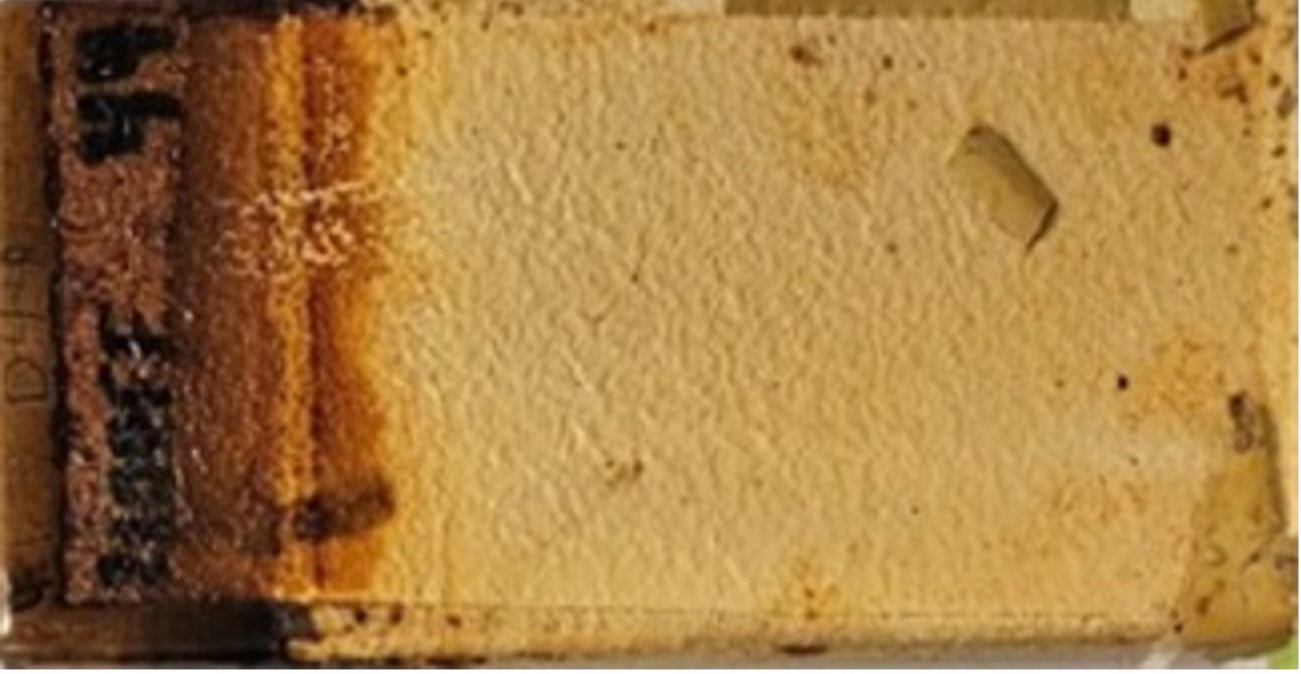
Metal Corrosion
Corrosion Causes, Forms, and Testing
Corrosion is a challenge that every manufacturer faces. Although it can’t be stopped entirely, the right coatings and testing methods can slow it significantly, protecting assets and reducing costs. Let’s dive into the science of corrosion, its various forms and advanced testing methods that are reshaping corrosion management.
Understanding Corrosion
What is Corrosion?
Corrosion is the natural breakdown of metals caused by their reaction with environmental elements like water, oxygen and salts. It is an electrochemical process. All non-noble metals will eventually corrode, but the process can be delayed through high-quality coatings and proactive testing.
Causes of Corrosion
Several factors influence how quickly corrosion occurs:
- pH Levels: Acidic or highly alkaline conditions can accelerate corrosion, especially in metals like aluminum.
- Temperature: Higher temperatures often reduce dissolved oxygen in water and increase the rate of drying of surfaces allowing for a decrease in corrosion rate.
- Oxygen Availability: Any area where metal, water and oxygen meet can result in corrosion.

Types of Corrosion
Understanding the different types of corrosion helps in selecting the right protective measures

Galvanic Corrosion
Occurs when two dissimilar metals come into contact in the presence of an electrolyte, causing one metal to corrode faster.

Pitting Corrosion
In porous conditions, small, localized holes form on a metal’s surface, which are often difficult to detect until significant damage occurs.

Crevice Corrosion
Found in areas with limited oxygen, such as under gaskets or washers, where acidic conditions accelerate material breakdown.
Corrosion Testing
Standardized Testing
Standardized tests can help evaluate how coatings perform under controlled conditions. Below are a few common types of tests run to analyze coating performance in real-world scenarios:
- Salt Spray Tests: Salt Spray Tests are widely used for their reproducibility but have limited real-world accuracy.
- Wet-Dry Cyclic Tests: Wet-Dry Cyclic Tests allow for better imitation of real-world conditions by alternating between wet and dry cycles, but these methods can sacrifice some repeatability.
- Electrochemical Impedance: EIS applies a small electrical potential at varying frequencies and measures corresponding current over frequency range. With this technology, EIS can predict coating performance over the product’s lifetime and provides actionable data in hours instead of weeks.
Delaying Corrosion
Corrosion is inevitable, but delay is achievable. High-quality coatings act as barriers against environmental elements, while advanced testing methods can save significant time and resources. Partner with experts to ensure that solutions are tailored to protect against your unique environment and application.


Contact Us
How Can Sherwin-Williams Help?
Our mission is to protect and enhance manufactured goods responsibly, from start to finish. We provide the expertise, coatings and testing solutions you need to address your corrosion challenges effectively.